
(Original post Jan. 2011 via my All Things O'Natural Blog)
Lets talk the dirty of beauty! Many of the commercially available hair care, skin care and overall beauty products today use harmful, potentially carcinogenic ingredients. In the interest of good natural health, I list below, some of the 11 worst commonly found product ingredients you may want to avoid putting on your hair (and body). 🌟Check the list of ingredients on your hair and beauty products. Note: The more of a particular ingredient you have in a product, the closer it is to the top of the list of ingredients on the bottle:
1. ISOPROPYL ALCOHOL: This is a solvent and denaturant (poisonous substance that changes another substances natural qualities). Isopropyl alcohol is found in hair color rinses, body rubs, hand lotions, after-shave lotions, fragrances and many other cosmetics. This petroleum-derived substance is also used in antifreeze and as a solvent in shellac. Hair, particularly Naturally curly, coily and kinky hair types reacts very badly to isoalcohol and this ingredient should be avoided at ALL costs. It will dry your hair out and break it off. According to A Consumer's Dictionary of Cosmetic Ingredients, inhalation or ingestion of the vapor may cause headaches, flushing, dizziness, mental depression, nausea, vomiting, narcosis and even coma in extreme cases.
2. MINERAL OIL & PETROLATUM: The best baby oil is made from almonds, sunflower seeds, safflower seeds, avocado or other pure plant based oils. But the oil which being sold as baby oil is 100% mineral oil. Mineral oil is a derivative of crude oil (petroleum) that is used industrially as a cutting fluid and lubricating oil. This commonly used petroleum ingredient coats the skin and hair just like plastic wrap. The skin's natural barrier is disrupted as this plastic coating inhibits its ability to breathe and absorb the Natural Moisture Factor (moisture and nutrition). The skin's ability to release toxins and wastes is impossible through this "plastic wrap," which can promote acne and other disorders. It further hinders normal skin respiration/transpiration by keeping oxygen out. This process slows down skin function and normal cell development causing the skin to prematurely age. Holding in large a mounts of moisture in the skin can "flood" the biology and may result in immature, unhealthy, sensitive skin that dries out easily. Petrolatum - A petroleum-based grease that is used industrially as a grease component. Petrolatum exhibits many of the same potentially harmful properties as mineral oil.
Honestly, this stuff belongs in your engine, not on your hair.
3. PEG: This is an abbreviation for Polyethylene Glycol that is used in making cleansers to dissolve oil and grease as well as thicken products. Because of their effectiveness, PEG's are often used in caustic spray on oven cleaners and yet are found in many personal care products. PEG's contribute to stripping the Natural Moisture Factor, leaving the immune system vulnerable. They are also potentially carcinogenic.
4. PROPYLENE GLYCOL (PG): As a "surfactant" or wetting agent and solvent, this ingredient is actually the active component in antifreeze. There is no difference between the PG used in industry and the PG used in personal care products. It is used in industry to break down protein and cellular structure (what the skin is made of) yet is found in most forms of make-up, hair products, lotions, after-shave, deodorants, mouthwashes and toothpaste. It is also used in food processing. Because of its ability to quickly penetrate the skin, the EPA requires workers to wear protective gloves, clothing and goggles when working with this toxic substance. The Material Safety Data Sheets warn against skin contact, as PG has systemic consequences such as brain, liver and kidney abnormalities. Consumers are not protected nor is there a warning label on products such as stick deodorants, where the concentration is greater than that in most industrial applications.
5. SODIUM LAURYL SUFATE (SLS) & SODIUM LAURETH SULFATE (SLES): SLS is used in testing labs as the standard ingredient to irritate skin. Used as detergents and surfactants, these closely related compounds are found in car wash soaps, garage floor cleaners and engine degreasers. Yet both SLS and SLES are used more widely as one of the major ingredients in cosmetics, toothpaste, hair conditioner and about 90% of all shampoos and products that foam. They are used in personal-care products because they are cheap. A small amount generates a large amount of foam, and when salt is added it thicken to give the illusion of being thick and concentrated. (SOME OF THE NITROSATING AGENTS ARE: SLS, SLES, DEA, TEA, MEA). Shampooing the hair with a product contaminated with these substances can lead to its absorption into the body at levels much higher than eating nitrite-contaminated foods.
Mark Fearer in an article, Dangerous Beauty, says, "...in tests, animals that were exposed to SLS experienced eye damage, along with depression, labored breathing, diarrhea, severe skin irritation and corrosion and death." According to the American College of Toxicology states both SLS and SLES can cause malformation in children's eyes. Other research has indicated SLS may be damaging to the immune system, especially within the skin. Skin layers may separate and inflame due to its protein denaturing properties. It is possibly the most dangerous of ad ingredients in personal care products. Research has shown that SLS when combined with other chemicals can be transformed into nitrosamines, a potent class of carcinogens, which causes the body to absorb nitrates at higher levels than eating nitrate contaminated food." According to the American College of Toxicity report, "SLS stays in the body for up to five days..." Other studies have indicated that SLS easily penetrates through the skin and enters and maintains residual levels in the heart, the liver, the lungs and the brain. This poses serious questions regarding its potential health threat through its use in shampoos, cleansers and toothpaste,"
Studies show its danger potential to be great when used in personal-care products. Toxicity - A serious problem with these chemicals is that they may be contaminated with NDELA (N-nitrosodiethanolamine), one of the nitrosamines and a potent carcinogen, according to a 1978 FDA report.
Sodium Laureth Sulfate (SLES) - SLES is the alcohol form (ethoxylated) of SLS. It is slightly less irritating than SLS, but may be more drying. Both SLS and SLES can enter the blood stream. They may cause potentially carcinogenic formations of nitrates and dioxins to form in shampoos and cleansers by reacting with other product ingredients. Large amounts of nitrates may enter the blood system from just one shampooing. Contains ether.
6. CHLORINE: According to Doris J. Rapp, M.D., author of Is This your Child's World? exposure to chlorine in tap water, Showers, pool, laundry products, cleaning agents, food processing, sewage systems and many others, can effect health by contributing to asthma, hay fever, anemia, bronchitis, circulatory collapse, confusion, delirium diabetes, dizziness, irritation of the eye, mouth, nose throat, lung, skin and stomach, heart disease, high blood pressure and nausea. It is also a possible cause of cancer. Even though you will not see Chlorine on personal care product labels, it is important for you to be aware of the need to protect your skin when bathing and washing your hair.
7. DEA (diethanolamine) MEA (momoethnanolamine) TEA (triethanolamine): DEA and MEA are usual listed on the ingredients label in conjunction with the compound being neutralized. Thus look for names like Cocamide DEA or MES, Lauramide DEA, etc. These are hormone disrupting chemicals and are known to form cancer causing nitrates and nitrosamines. . These are commonly found in most personal care products that foam, including bubble baths, body washes, shampoos, soaps and facial cleansers. On the show, CBS This Morning, Roberta Baskin revealed that a recent government report shows DEA and MEA are readily absorbed in the skin. Dr. Samuel Epstein, Professor of Environmental Health at the University of Illinois said "repeated skin applications of DEA-based detergents resulted in a major increase in the incidence of two cancers - liver and kidney cancers." John Bailey, who oversees the cosmetic division for the FDA said the new study is especial important since "the risk equation changes significantly for children."
8. FD & C Color PIGMENTS: Many color pigments cause skin sensitivity and irritation. Absorption of certain colors can cause depletion of oxygen in the body and even death according to A Consumer's dictionary of Cosmetic Ingredients. Debra Lynn Dadd says in Home Safe Home: "Colors that can be used in foods, drug, and cosmetics are made from coal tar. There is a great deal of controversy about their use, because animal studies have shown almost all of them to be carcinogenic."
9. PHTHALATES and PARABENS: Chemicals used to increase flexibility and strength of plastics, and not often listed among the ingredients on products. Usually found in cosmetics such as fragrance oils and listed under the term “fragrance".
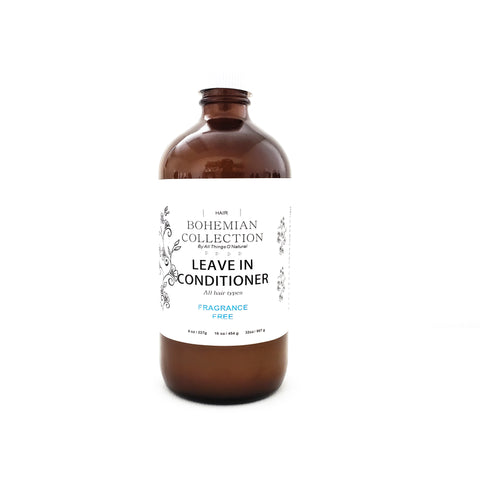
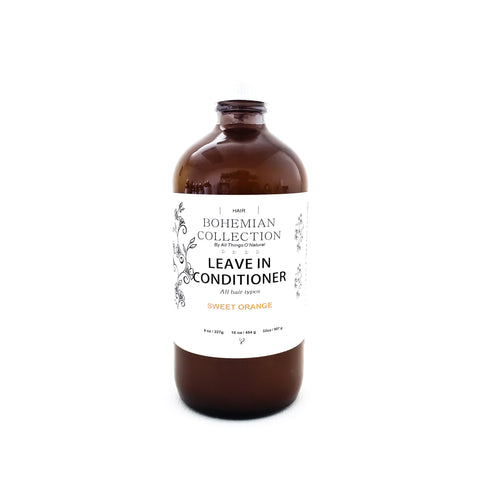
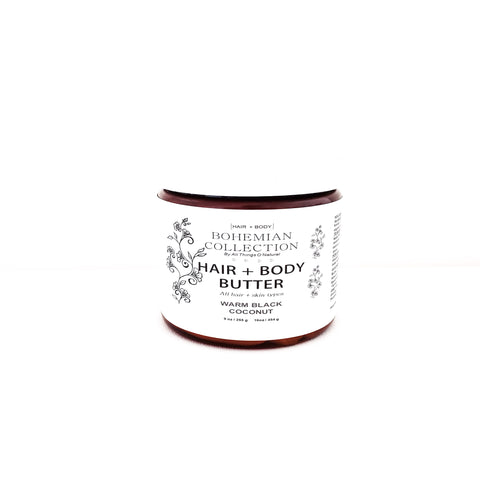
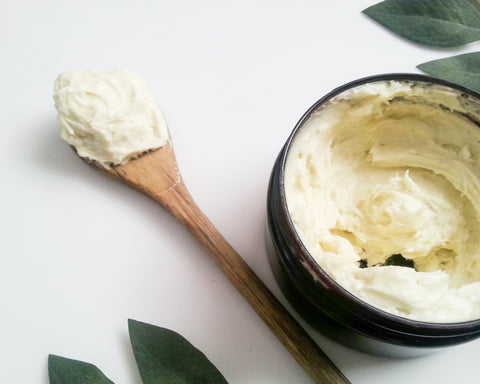
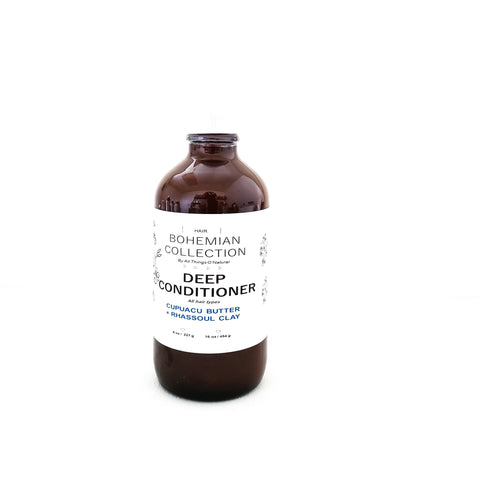
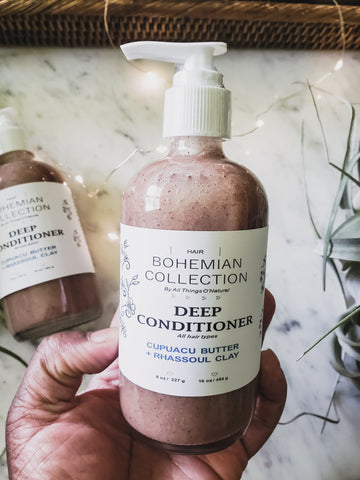
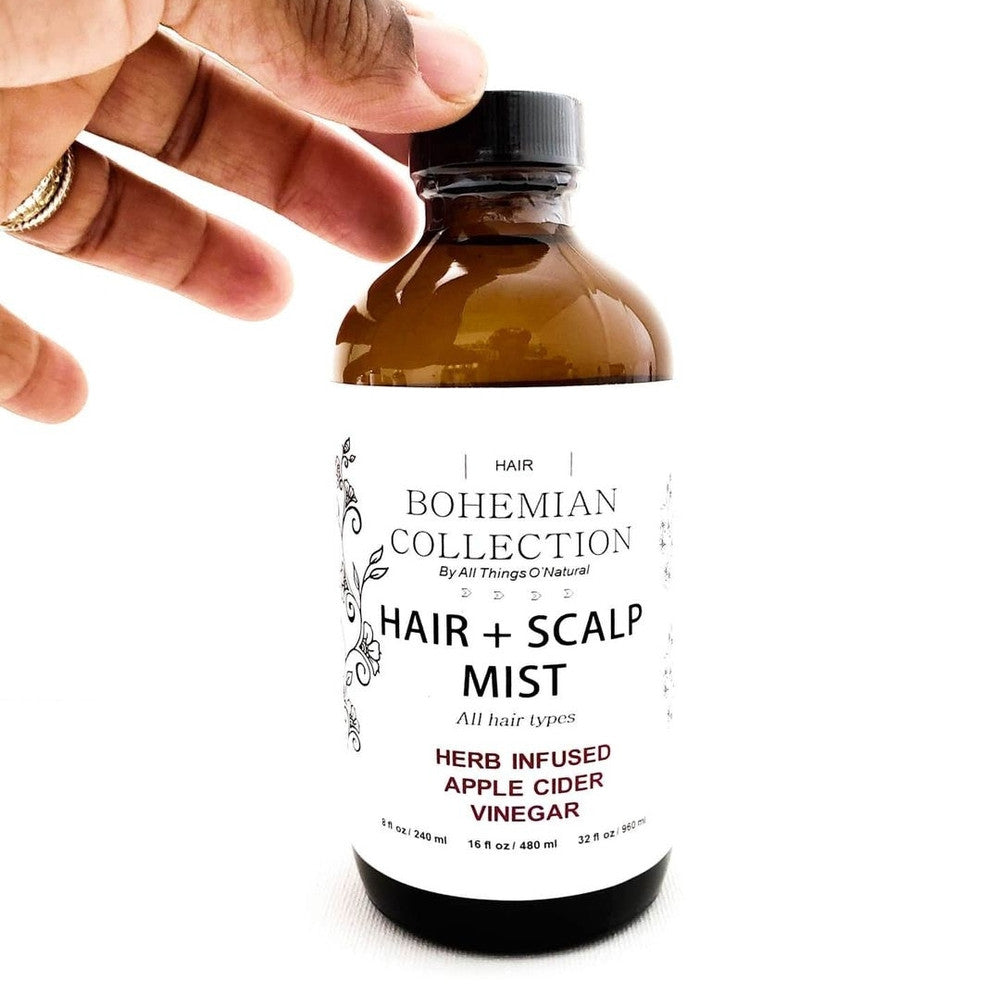
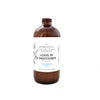
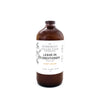
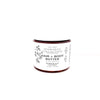

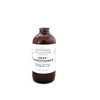


Comments